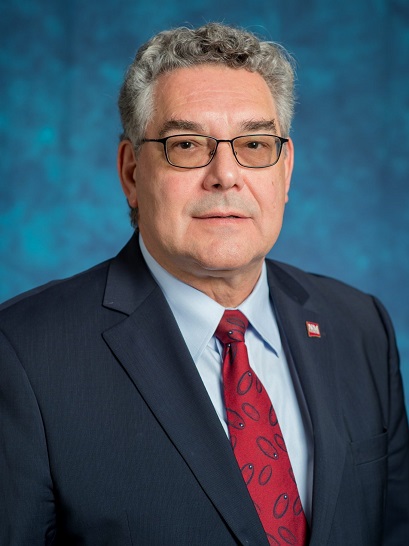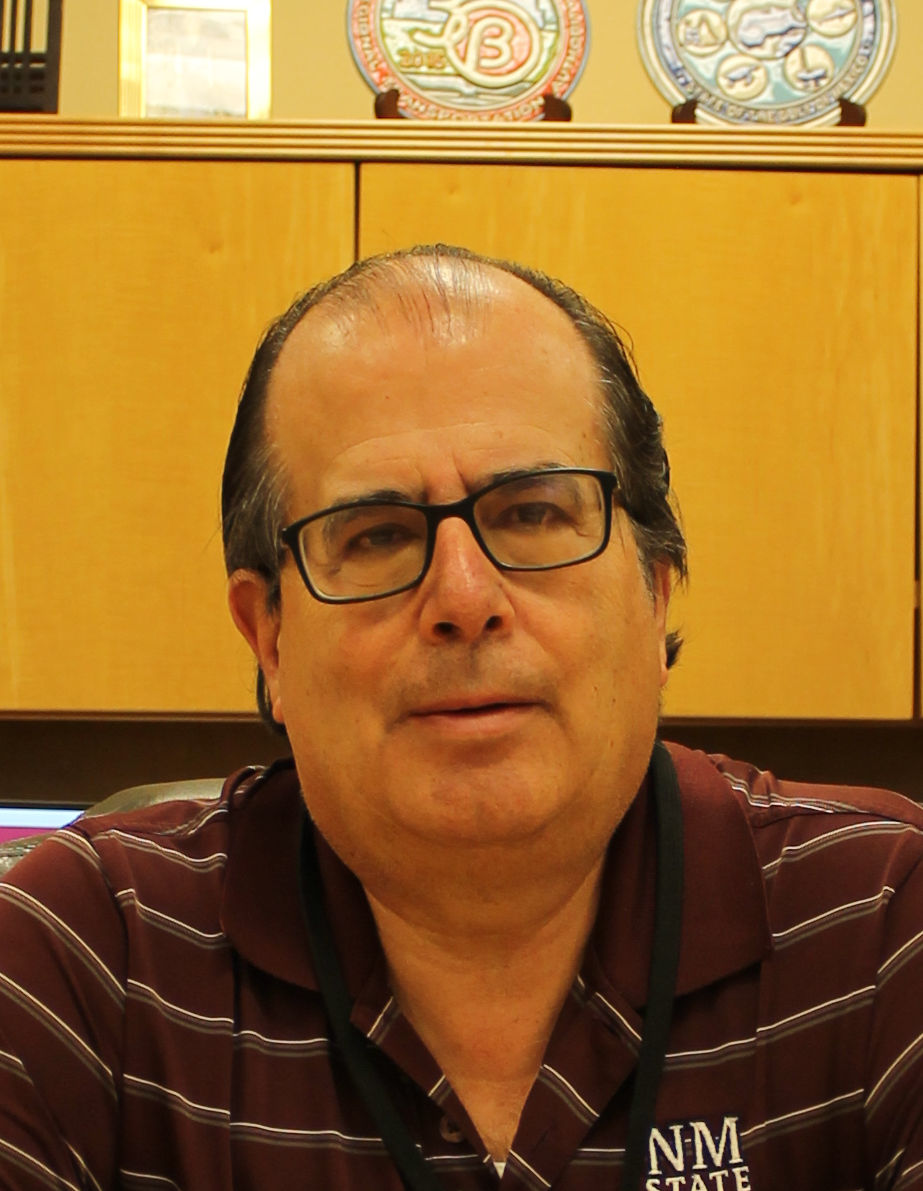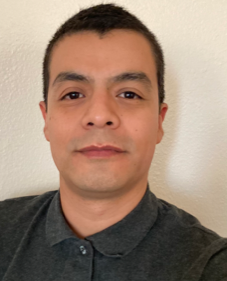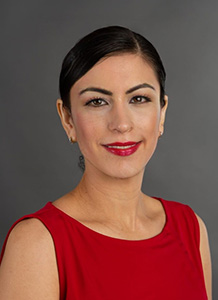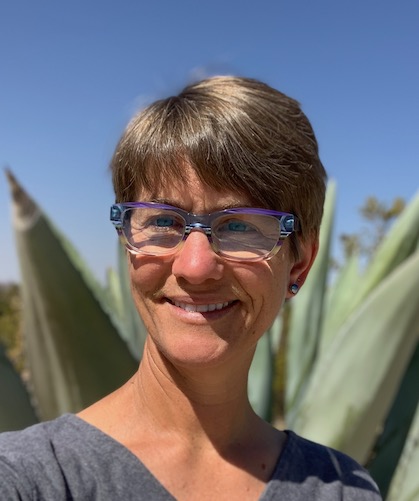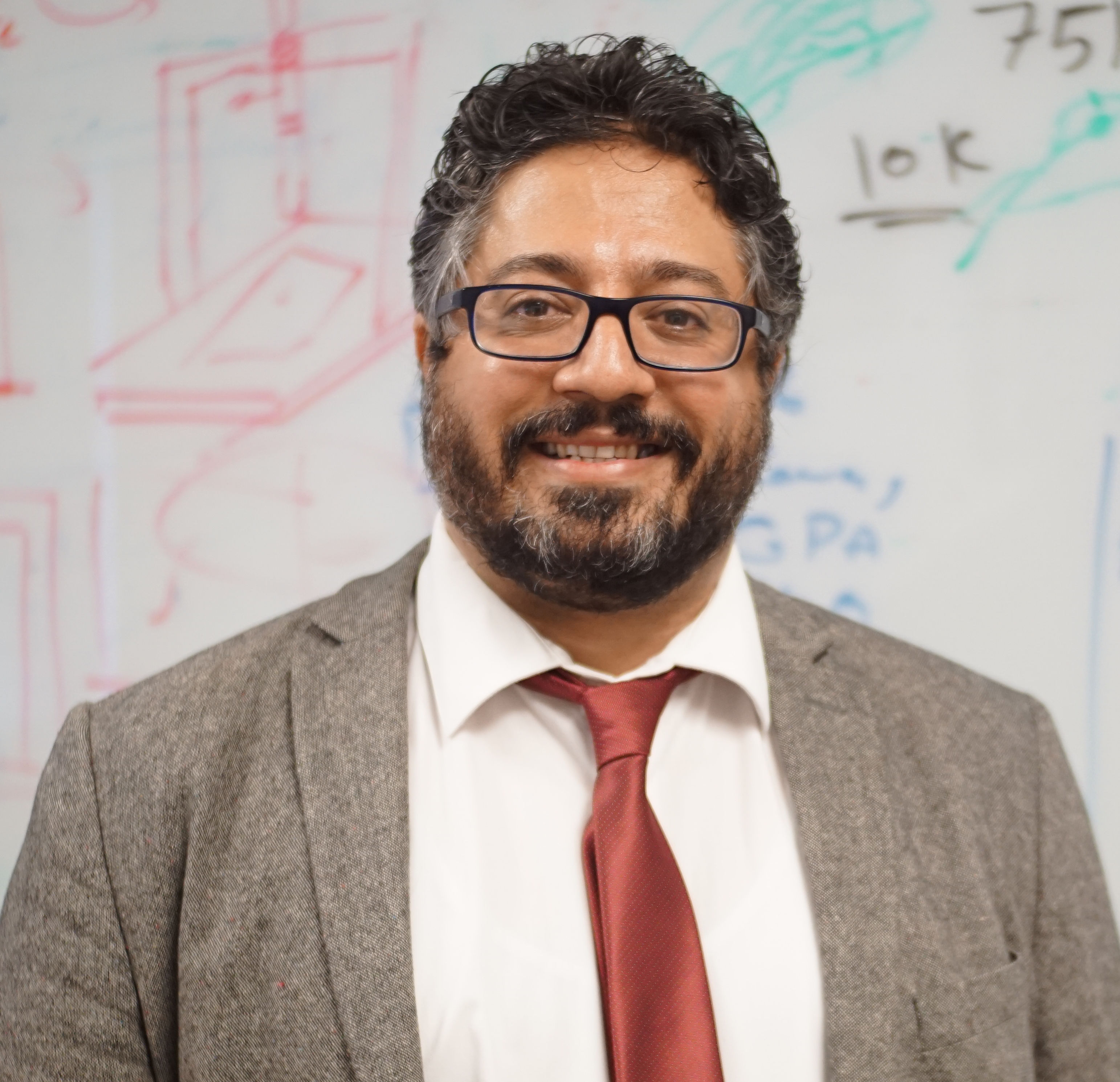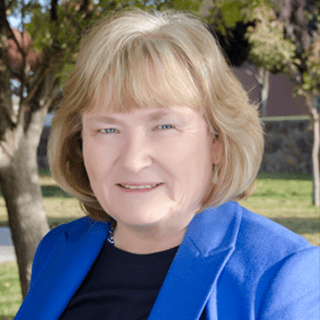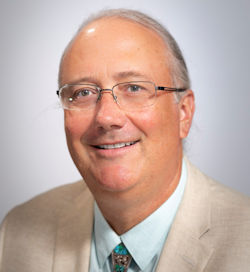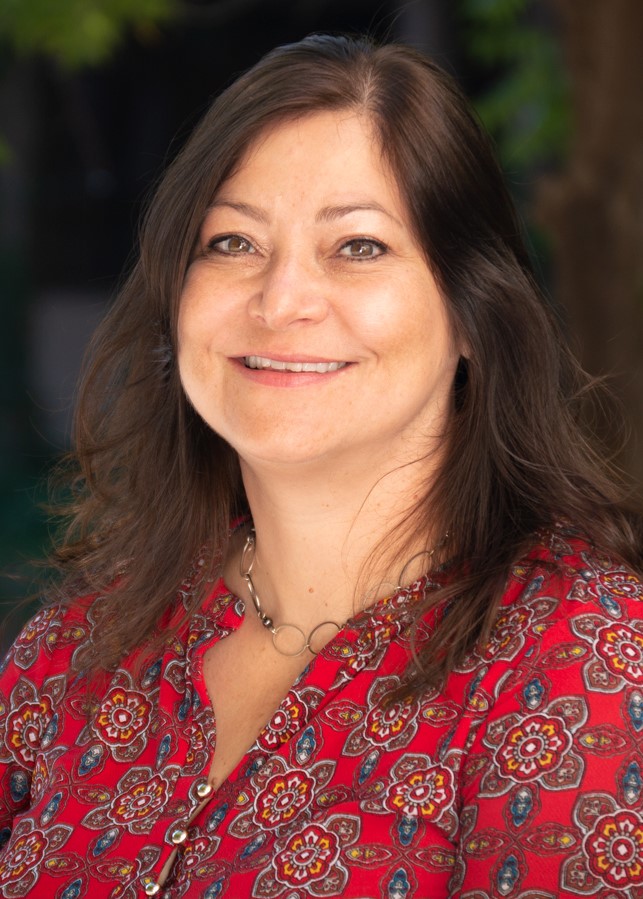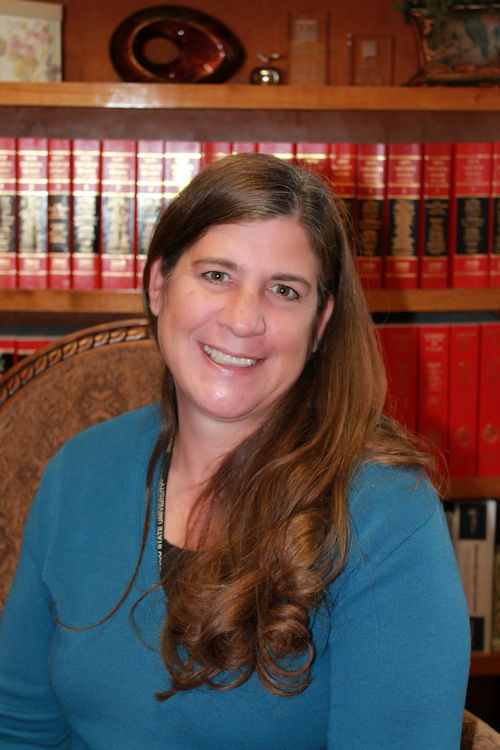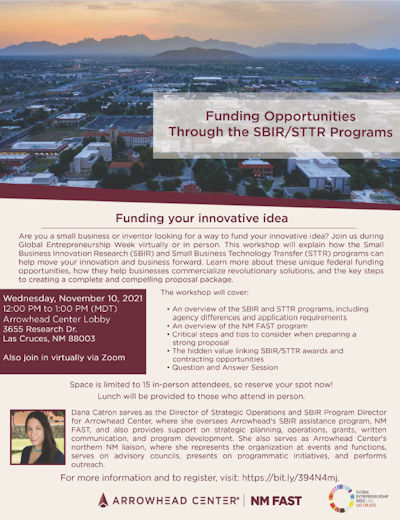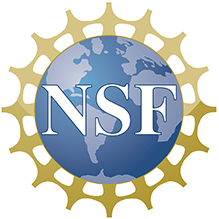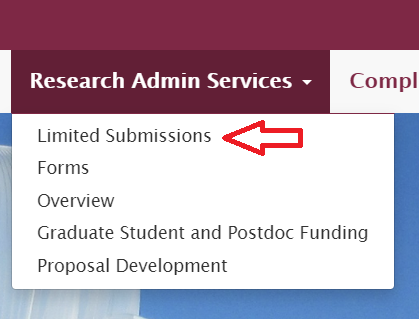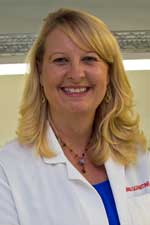 |
|
Bringing NMSU’s Vision into FocusBy NMSU President John Floros, Ph.D.
|
Dr. John Floros, President, NMSU
|
On Scorecard/Goal Card
By Luis Cifuentes, Ph.D., Vice President for Research and Dean of Graduate School
The process for creating an evaluation instrument for academic departments, colleges, and the institution has been ongoing since August 2019, formulated on the principle that strategic resourcing of academic departments and colleges requires normative evaluation. The roll out of the first iteration, known as the Scorecard, in Fall 2020 was not a resounding success. Feedback included criticisms that the Scorecards did not adequately reflect the varying missions and unique priorities of departments across the institution, and that the Scorecards were inadequately transparent to support meaningful improvement efforts. I presented an update on this process at the October 20th Executive Team Leadership retreat. I recommended modifications and improvements to the Goal Card (see Scorecard), which regardless of what name is ultimately used, must be normative, adjustable, and constructive, focused on trends and aimed at providing guidance towards improvement. Moving forward, this process will be informed by the following principles:
An ad hoc group of Goal 1, Goal 2, and Goal 3 members and data experts is reviewing metrics existing in Academic Analytics, Cognos Analytics, Grey Associates Data, Watermark + Faculty Success (formerly Digital Measures), and other sources to identify sets of potential metrics, to determine how to best populate these metrics, and to develop data communication tools (dashboards, etc.) in support of data transparency. Next steps are to:
Over the next three weeks, deans and department heads will receive email-based surveys asking for initial input on metrics. As the process continues, we welcome all your input:
|
Dr. Luis Cifuentes, Vice President for Research and Dean of Graduate School, NMSU
|
OVPR Welcomes Dr. Samuel Belteton to the Research Cores Program as Director of the Microscopic Imaging Core SuiteBy Tanner Schaub, Ph.D., Director, Research Cores Program
The OVPR is pleased to welcome Dr. Samuel Belteton to NMSU as the next director of the Microscopic Imaging Core Suite within the Research Cores Program. Prior to joining NMSU, Dr. Belteton was a Senior Research Associate at Purdue University, and one of the principal curators of a shared multi-microscope laboratory there. Early goals for the MICS facility include bringing several existing resources back to full functionality as well as making a grant submission for a new field-emission SEM system. "I'm very excited to have joined NMSU's Research Core Program as the Director of the MICS facility," states Dr. Belteton. "I'm looking forward to assisting NMSU's faculty to push their research to the next level. A key aspect towards this goal is the acquisition of cutting-edge equipment like a field-emission scanning electron microscope. We want to hear how you would take advantage of this system and are actively looking for co-PIs for an NSF MRI proposal in the pipeline to get this microscope to campus." In addition to his skills in microscopy, Dr. Belteton has significant image analysis and programming experience that will be a new addition to the capability of the MICS resource. Dr. Belteton earned his bachelors and Ph.D., both in molecular biology, from Purdue University. “When thinking about NMSU’s push toward R1 status, we wanted to move away from the model that positions core facility directors as technicians. Instead, we want talented, motivated researchers that bring the research chops and credentials that will help our faculty PI teams develop novel science and win grants. And we have been extremely fortunate to hire two of these types of individuals this summer – Dr. Belteton being one, and Dr. Robert Young in the CAIL lab being the other” says Dr. Tanner Schaub, who directs the NMSU Research Cores Program. “Dr. Belteton comes to us from one of the premier microscopy facilities in the nation and his research and publication record is stellar. As an example, within the past few years he has two publications in Nature Plants, including a first author manuscript that was published there this summer, and several others in Plant Physiology where the impact factor is about 8. That level of recent research activity will be something that our faculty will benefit from when they team with Dr. Belteton - and that can be as a collaborator or simply in a support role. Also, Dr. Beleteton is a super nice guy – I’m looking forward to our faculty meeting him. He will be a great Aggie.” Researchers that are interested in learning more and/or participating in the field-emission SEM proposal effort should contact Dr. Belteton at sbelteto@nmsu.edu. You can learn more about the NMSU Research Cores Program at https://research.nmsu.edu/RCP.html |
Dr. Samuel Belteton, director of the Microscopic Imaging Core Suite, NMSU |
Promoting NMSU LEADS 2025 Goal 2: Facilitating Formation and Continuation of Interdisciplinary CollaborationsBy Cecilia Contreras, Post-doctoral Researcher, School of Teacher Preparation, Administration, and Leadership (TPAL)
As part of actions to move forward in achieving the NMSU LEADS 2025 strategic plan's Goal 2, “Elevate Research and Creativity,” I oversee the Action: “Facilitate formation and continuation of interdisciplinary collaborations, inclusive of data and information science as well as creative or non-STEM disciplines.” To learn more about NMSU faculty's interdisciplinary collaborations among non-STEM programs, I used Academic Analytics to identify outstanding faculty with large internal collaboration network. The small working group I am currently working with includes five professors from different disciplines, including those in Criminal Justice, Nursing, Counseling and Educational Psychology, and Agricultural and Extension Education. We had an initial meeting in September, in which we discussed their strategies to develop their research networks and the benefits to develop such connections. Faculty shared insight about their strategies to expand their networks; for example, participating in a multidisciplinary faculty group and being involved in grant development as early career faculty facilitate collaboration and widen their connections with senior faculty members. In addition, discussing and sharing research interests can be very important to foster collaboration. I look forward to learning more about this amazing group of scholars. |
|
Competitive NASA Award Extends NMSU's Support of Planetary Data Archiving
By Hamid Mansouri Rad, Ph.D., Senior Proposal Development Specialist, RAS
|
Dr. Nancy Chanover, Professor of Astronomy, NMSU |
DOE-funded, NMSU-led Consortium to Prepare Underrepresented Minority Students for Careers in NNSA
By Hamid Mansouri Rad, Ph.D., Senior Proposal Development Specialist, RAS
Congratulations to Dr. Ehsan Dehghan-Niri, Assistant Professor of Civil Engineering, for his recent award from the Department of Energy. The need to develop innovative nondestructive quality control methods for the additive manufacturing industry calls for training a new generation of students who can participate in research and development activities in this area. Meeting this need is the main goal of the Consortium enabling In- and Ex-Situ-Quality Control of Additive Manufacturing (QCAM), which is led by NMSU and consists of Dona Ana Community College (DACC), Navajo Technical University (NTU), a Tribal University (TCU), and Prairie View A&M University (PVAMU), a Historically Black University (HBCU). The project was funded by the Department of Energy for $3 million competitively and is directed by principal investigator Dr. Dehghan-Niri who oversees all the aspects of this effort including coordinating research, education, and outreach activities across the member institutions. The project plans include recruiting minority students underrepresented in STEM fields from the member institutions and provide them with specialized training in the areas of additive manufacturing and nondestructive quality control to help them become ready for career opportunities at the DOE/National Nuclear Security Agency (NNSA) labs. Due to its specific mission, the consortium also includes three NNSA labs: Los Alamos National Laboratory, Oak Ridge National Laboratory, and Kansas City National Security Campus. The labs’ support for this project include engaging in recruitment efforts as well as hosting and co-advising interns trained through this program. For more information, please contact Dr. Dehghan-Niri at niri@nmsu.edu. |
Dr. Ehsan Dehghan-Niri, Assistant Professor of Civil Engineering, NMSU |
Recognizing NMSU's Large Proposal Submitters (Month of October)!
By Hamid Mansouri Rad, Ph.D., Senior Proposal Development Specialist, RAS
Congratulations to Ms. Kathryn Hansen and Dr. Jeffrey Arterburn for submitting proposals exceeding $1 million in the month of October.
Director of NMSU’s Arrowhead Center, Ms. Hansen and her colleagues, in particular Ms. Patricia Marquez Knighten Director of Innovation Commercialization at Arrowhead Center, submitted a $1.9 proposal to Air Force Research Lab (AFRL) to enter into an innovation and technology partnership intermediary agreement with AFRL at Kirtland Air Force Base. Arrowhead Center is NMSU’s innovation and economic development arm and has had prior funded efforts of similar nature with AFRL which were leveraged toward submitting this proposal. For more information about this proposal please contact Ms. Hansen at hansen@nmsu.edu. Similarly, Regents Professor Jeffrey Arterburn (Department of Chemistry and Biochemistry) submitted a $1.4 million proposal to NIH to secure funding to collaborate with his counterpart at University of New Mexico Health Science Center, Dr. Eric Possnitz, to synthesize new compounds that exhibit novel receptor-selectivity profiles that are expected to confer great potential for development as anti-estrogenic therapeutic agents. Dr. Arterburn can be reached at jarterbu@nmsu.edu. |
Kathryn Hansen, Director,
|
Meet Marilyn Crawford, Grants and Contracts Administrator at Research Administration ServicesBy Hamid Mansouri Rad, Ph.D., Senior Proposal Development Specialist, RAS
We would like to introduce Marilyn Crawford, a recent addition to Research Administration Services (RAS). Before joining RAS Marilyn worked at various NMSU offices including Agricultural and Extension Education/New Mexico Future Farmers of America Association, Financial Aid and Scholarship Services, College of Education, College of Arts and Sciences, and Dona Ana Community College. Her most recent position was a Prospect Researcher at NMSU Foundation, a position she held for three years and likes the most as she learned about the art of fundraising. Marilyn has an M.A. in Education specializing in Secondary Education and Language Arts and has taught Language Arts at Zia Middle School. She is currently pursuing an MFA in Creative Writing/Fiction. Marilyn enjoys reading and writing and during quarantine she started painting too. In addition, she is a member of a Facebook group called Las Cruces Rocks where members paint and hide rocks for each other. “I still paint rocks, but have since moved on to painting canvases,” she says. At RAS, Marilyn will be supporting faculty in the College of Engineering, NM Space Grant Consortium, and Health and Social Services within the College of Health, Education, and Social Transformation. She can be reached at majacobs@nmsu.edu. |
Marilyn Crawford, Grants and Contract Administrator, RAS |
Supplemental Training Resources for NMSU ResearchersJoAnne Dupre, P.h.D., Biosafety and Export Control Manager, NMSU
Research Integrity and Compliance is pleased to announce several new supplemental training opportunities in the areas of export control, animal care and use, and biological safety. Please see below for details and to register for these free resources. Research Security Protections and Requirements – U.S. Government Interagency WebinarWebinar: Protecting U.S. Research While Fostering International Collaboration – NSF and NIH Discuss Research Security Protections and Requirements Date/Time: Wednesday, December 1 at 11:30 AM-12:30 PM ET/8:30 – 9:30AM PT Registration: https://emenuapps.ita.doc.gov/ePublic/event/editWebReg.do?SmartCode=2QCS There is no fee for this webinar, but advance registration is required. This webinar is open to U.S. educational institutions, research institutions, and healthcare companies. Description: Balancing the important role international collaboration plays in the development of fundamental research that yields significant economic, national security, and national health benefits to the United States with the risk of improper foreign government influence can be difficult to navigate in today’s increasingly complex and interconnected global environment. Join Rebecca Spyke Keiser, Chief of Research Security Strategy and Policy (NSF), and Michael Lauer, Deputy Director for Extramural Research (NIH), as they discuss the need for fundamental research security at U.S. academic and research institutions and the research security protections and requirements of the National Science Foundation and National Institutes of Health, respectively. Animal Care and Use – U.S. Office of Laboratory Animal Welfare (OLAW) WebinarOLAW December Webinar: “Best Practices for Conducting a Search for Alternatives and Finding Animal Model/Model Organism Information” Date/Time: December 9, 2021, from 1:00 – 2:00 PM ET In this webinar, experts from the NIH Library and USDA Animal Welfare Information Center will discuss how to find 3Rs methods (replacement, reduction, and refinement) and animal use alternative information in bibliographic databases. Participants will also learn how to find journal articles, patents, NIH-funded research projects, and genetic information related to animal models and model organisms, as well as requirements and resources for the NIH Model Organism Sharing Policy. If you have any questions in advance of the webinar, please submit them to olawdpe@mail.nih.gov. Registration is now open. Fundamentals of Biosafety – new EHS&RM training will be available through Training CentralThis new course was developed by the Safety Training Consortium, the same group that created the Fundamentals of Laboratory Safety, Radiation Safety and Laser Safety online trainings that are available through Environmental Health, Safety and Risk Management. EHS&RM will offer this online training course on the safety training webpage, and it is free for NMSU employees including students who work in laboratories using biological materials. This is one of several options that can be used to complete the Biosafety training requirement. Contact JoAnne Dupre at ovpr@nmsu.edu or Dave Schoep at ehs@nmsu.edu for more information. |
Dr. JoAnne Dupre, Biosafety and
|
Principal Investigator Training on November 17, 2021
By Rita Parra, Director, Pre-award Administration, RAS
Research Administration Services will be offering its biannual Principal Investigator Training on November 17, 2021 at 11:00 am via Zoom. The training is intended to provide a high-level overview to NMSU researchers and staff involved with proposal preparation and submission, as well as award negotiation/acceptance of externally-sponsored grants and contracts. Registration information will be announced in NMSU’s Hotline. |
|
In-Person SBIR 101 Workshop on November 10th (Lunch Provided)
Dana DeRego Catron, Director of Strategic Operations and the SBIR Program, Arrowhead Center
NMSU Arrowhead Center will be holding a SBIR-101 workshop on November 10th from 12:00 – 1:00 PM. This is a great workshop for faculty who are unfamiliar with SBIR and STTR programs or might be interested in learning more. Lunch will be provided. Due to COVID in-person policies space is limited to 15 attendees. Download flyer here. To learn more and register please visit: https://bit.ly/394N4mj. |
|
Recent Changes Impacting Proposals to be Submitted to National Science FoundationBy Cindy Ramirez, Proposal Development Specialist, RAS
I had the opportunity to attend the Fall 2021 National Science Foundation (NSF) Conference which was held virtually from October 4 through 8. While all session recordings and presentation slides are available at https://nsfpolicyoutreach.com, I believe our researchers should be aware of some of the changes, pertaining to biographical sketches and current and pending support, that impact proposals prepared for submission to NSF. Biographical Sketches
Current and Pending Support
As also emphasized by the NSF presenters during the conference, we could not stress enough the importance of preparing and submitting proposals early to avoid last-minute problems during submissions. |
|
REDCap, A Secure and Free Online Data Collection Platform Available for the NMSU Community
By Hamid Mansouri Rad, Ph.D., Senior Proposal Development Specialist, RAS
We would like to remind students, faculty, and staff about REDCap (Research Electronic Data Capture), a free online platform that offers a secure and easy way to create and collect surveys or other assessment data you need. REDCap was created by the National Institutes of Health and is used by over 3,000 institutions across the country. REDCap benefits include:
To obtain access to REDCap, please complete the REDCap Sign up Form on the NMSU REDCap page: redcap.nmsu.edu (red link near the top of the page). You will then be contacted within a few days when you can log into REDCap. For questions, email the REDCap team: redcap-team@nmsu.edu |
|
Research and Creativity Week Award Ceremony and Open MIC
By Hamid Mansouri Rad, Ph.D., Senior Proposal Development Specialist, RAS
Office of the Vice President for Research and Dean of Graduate School is hosting an Open MIC on campus to bring together NMSU faculty, staff, and students to recognize the winners of the Research and Creativity week activities. Celebrations include talents from across campus, including Research Administration, the Library, College of Engineering, and possibly the Music Department.
|
|
Limited Submission Funding OpportunitiesBy Hamid Mansouri Rad, Ph.D., Senior Proposal Development Specialist, RASResearch Administration Services maintains a list of limited submission funding opportunities for NMSU research community. The list is accessible through a link on the Research website, through the Research Administration tab. NMSU users can also access the list directly on SharePoint. We encourage NMSU researchers to periodically visit the site and if they are interested in any of the opportunities to please inform us by sending email to ras@nmsu.edu. |
|
Pivot Funding Opportunity Database
By Hamid Mansouri Rad, Ph.D., Senior Proposal Development Specialist, RAS
This is a reminder that in order to assist NMSU faculty and staff in locating external funding opportunities, the OVPRGS has purchased a subscription to ProQuest’s Pivot available at https://pivot.proquest.com/session/login.
To request a one-on-one or group Pivot training, send email to hamid@nmsu.edu. |
|
Graduate School |
|
MOLB 550 Grant Writing Course Offered in Spring 2022
By Carol Flinchbaugh, Associate Professor of Management and Interim Associate Dean, Graduate School
Dr. Jennifer Randall is the Director of the Molecular Biology Graduate Program and a Research Professor within the Department of Entomology, Plant Pathology, and Weed Science. As a plant molecular biologist and plant pathologist, her research focuses on the genetics and molecular mechanisms of plant development, plant-microbe interactions, and understanding the plant "innate" immune system. Many of her current lab projects focus on the pecan. Dr. Randall teaches Experimental systems in Genetics, Plant Physiology, and several special topic courses at NMSU. In her mentor role to undergraduates, graduate students, and post-doctoral associates, Dr. Randall recognizes a need for students to have practical knowledge about how to secure external funding. As such, in Spring 2022, Dr. Randall will be teaching a “grant writing” course as a Special Topics course (MOLB 550). She states the rationale behind the course is twofold:
Course description: Provide graduate students the tools for preparing competitive grants for funding from government agencies (USDA, NSF, NIH) or private funding. Course objectives include: 1. Familiarize students how to identify potential funding sources in their field of interest, 2. Familiarize students with how to read and interpret funding proposal requests, 3. Develop objectives for each grant component in the application, 4. Understand how to prepare a budget, 5. Familiarize students about the grant review process. At this time, the class is scheduled to be taught in person; however, if student interest in the course grows the course may shift to a larger classroom or shift on-line. For more information, please contact Dr. Randall at jrandall@nmsu.edu. |
|
Need Guidance on Securing External Funding? Contact Me!
If you are an NMSU graduate student or post-doctoral scholar needing guidance on securing external funding, please contact me at fee@nmsu.edu. Please also visit the list of current funding opportunities that I maintain on SharePoint and let me know if you have any questions. Chong-Hwey Fee |
|
Questions and comments regarding NMSU’s Research Digest should be directed to Hamid Mansouri Rad, Ph.D. at hamid@nmsu.edu, (575) 646-6429. |
|
